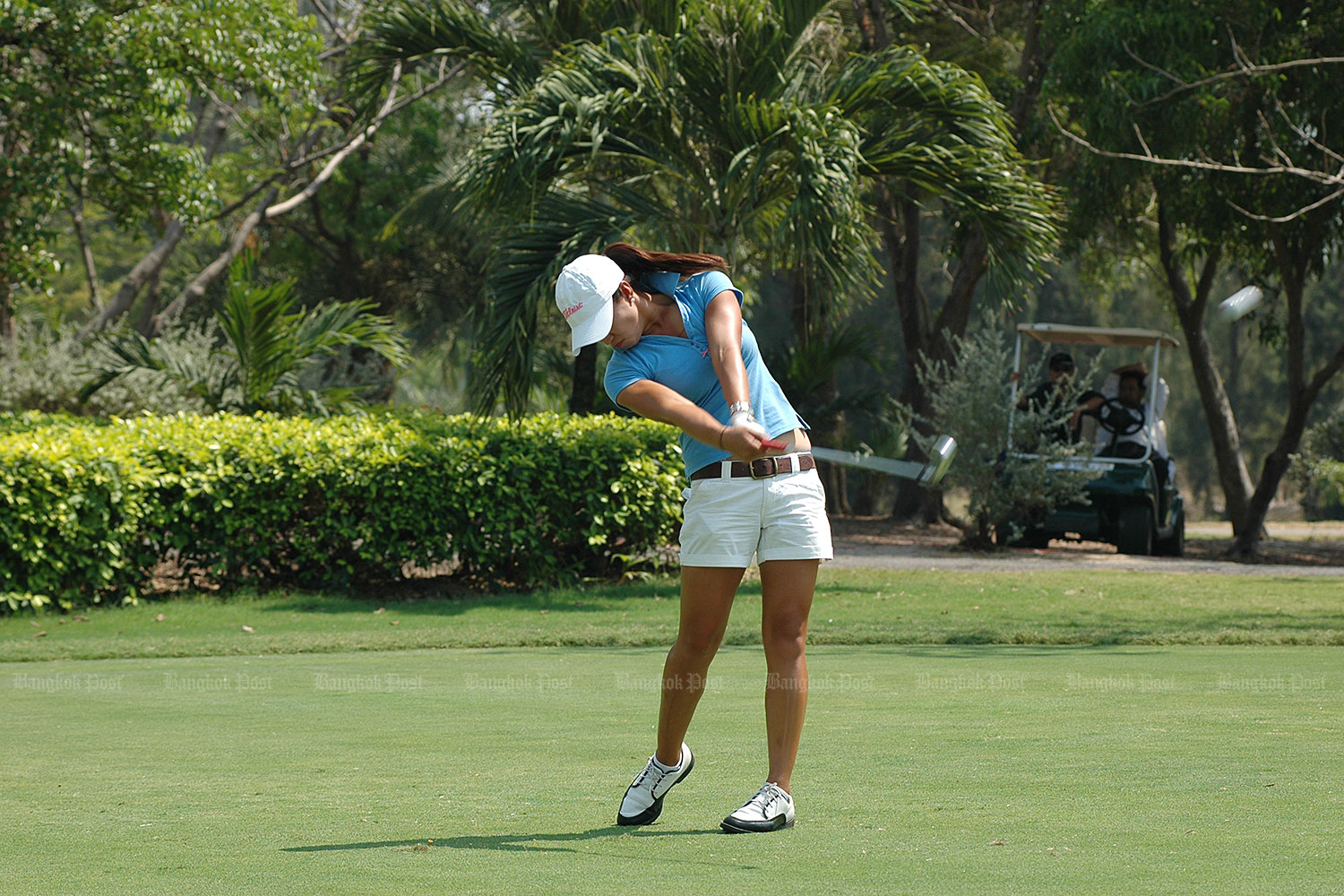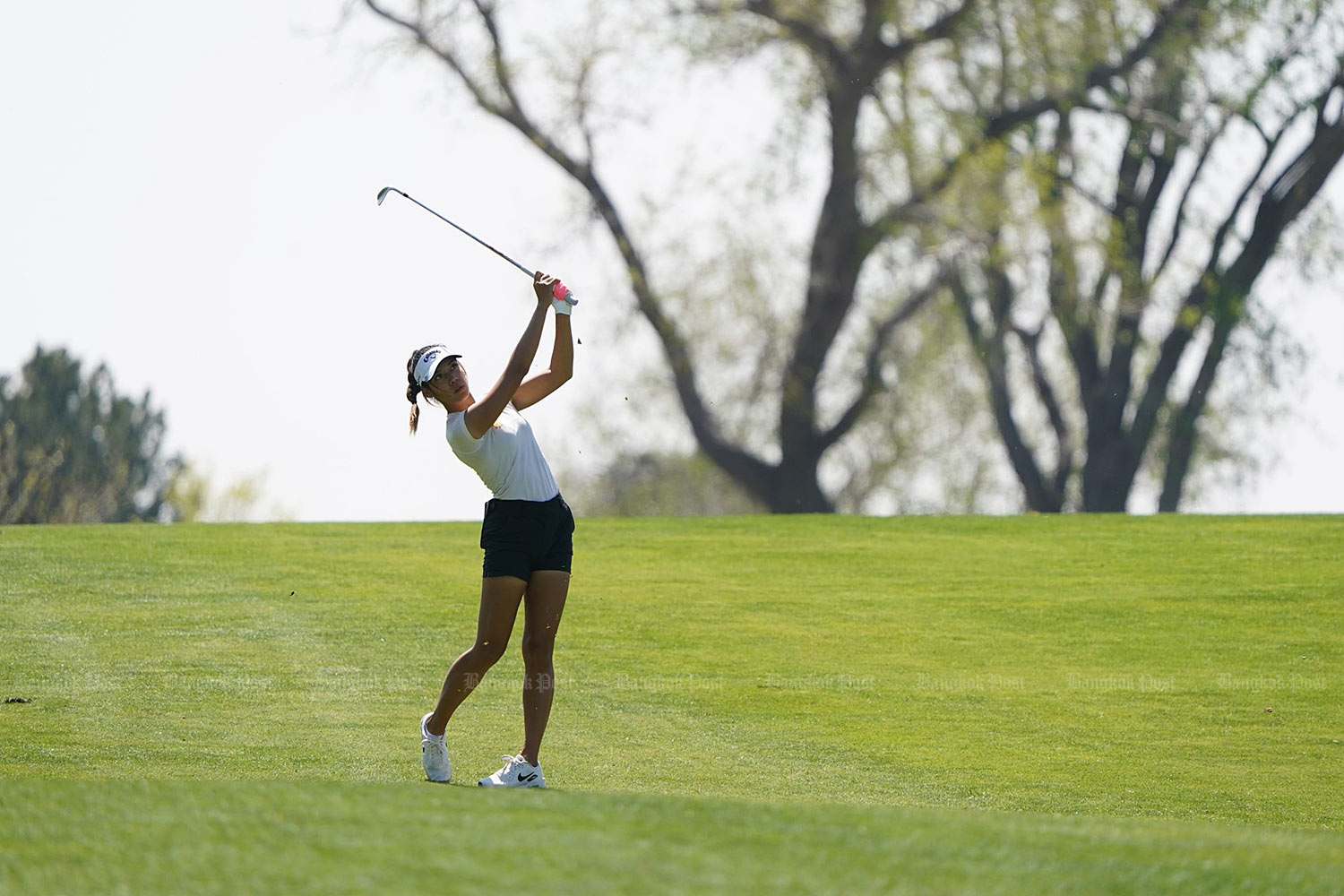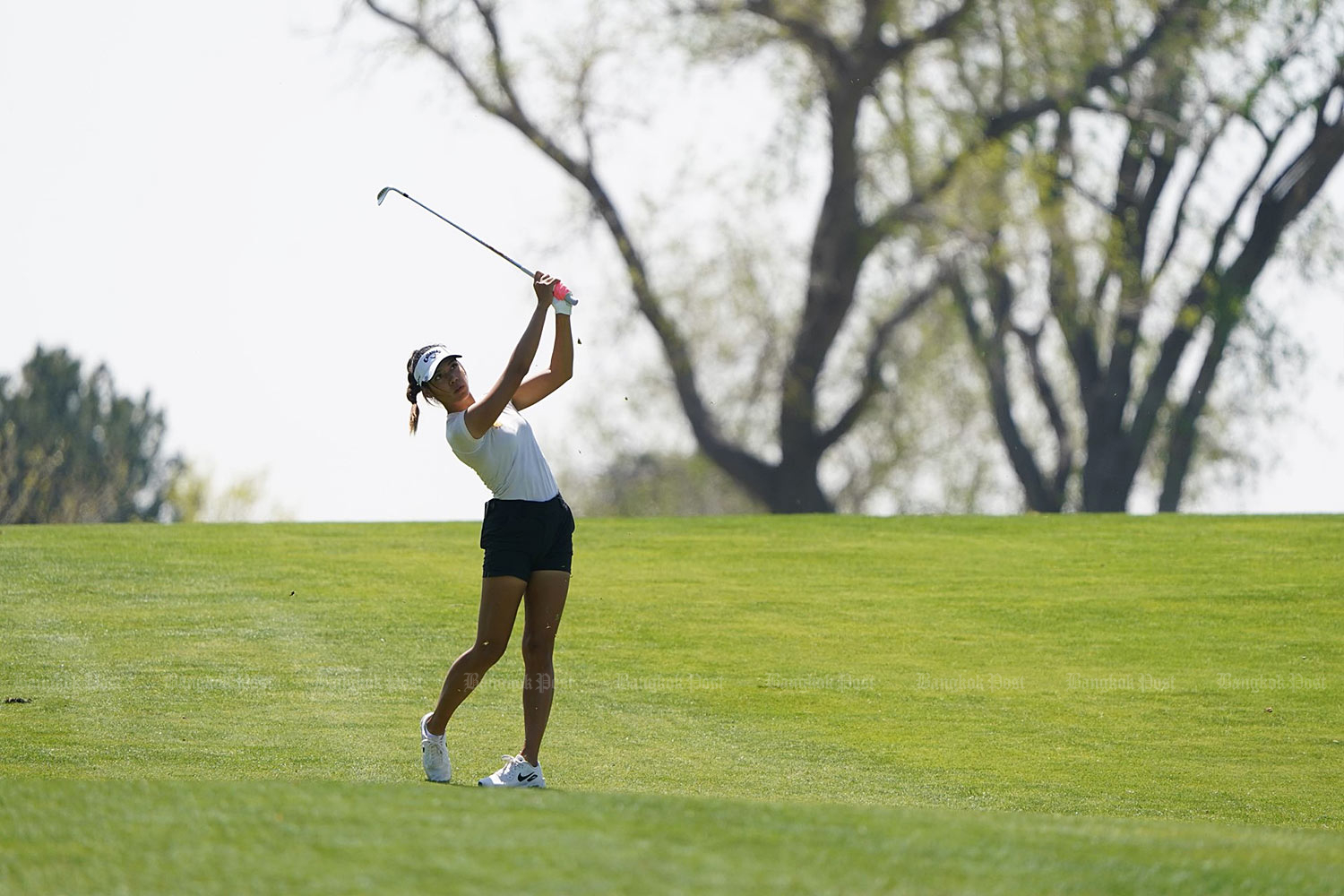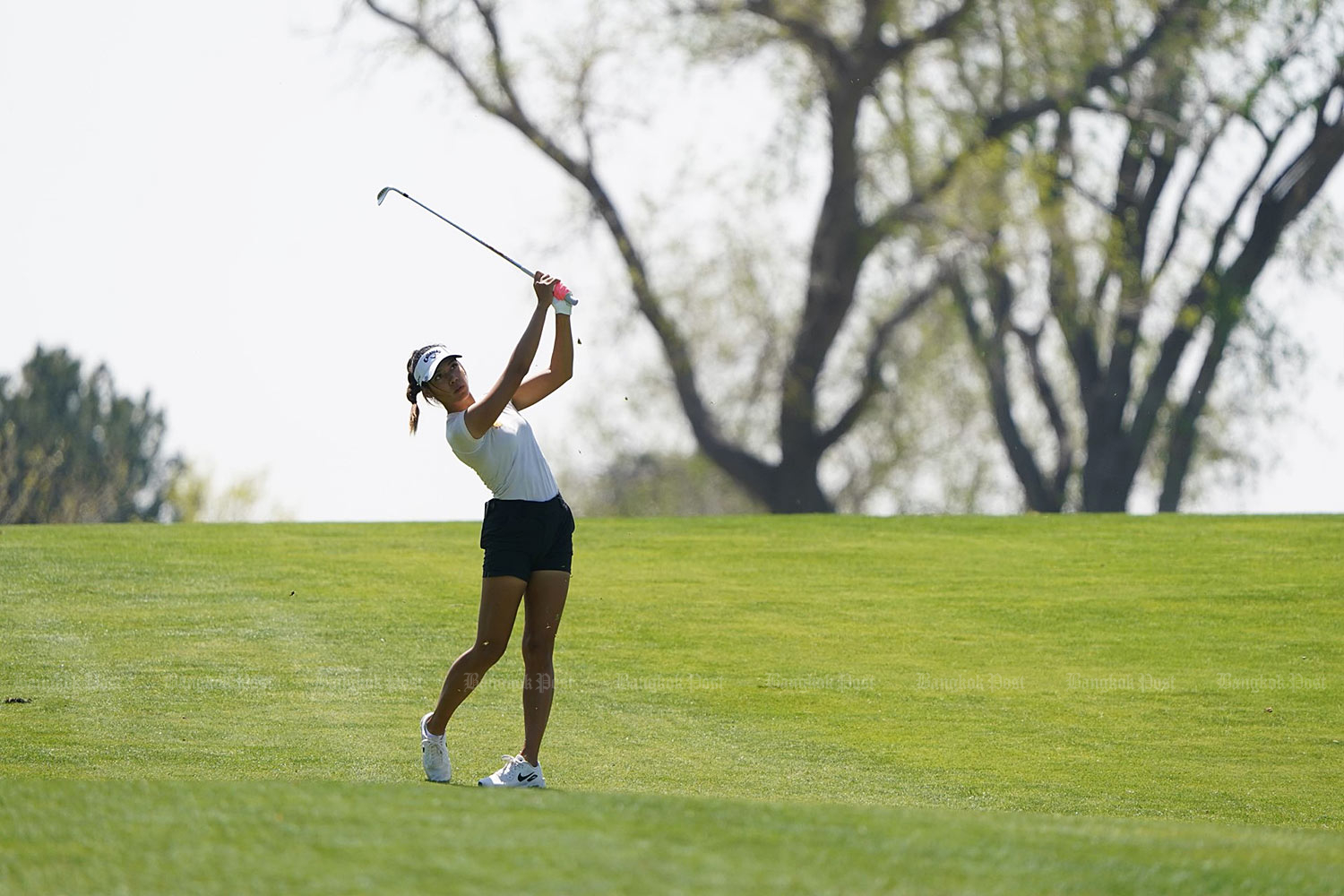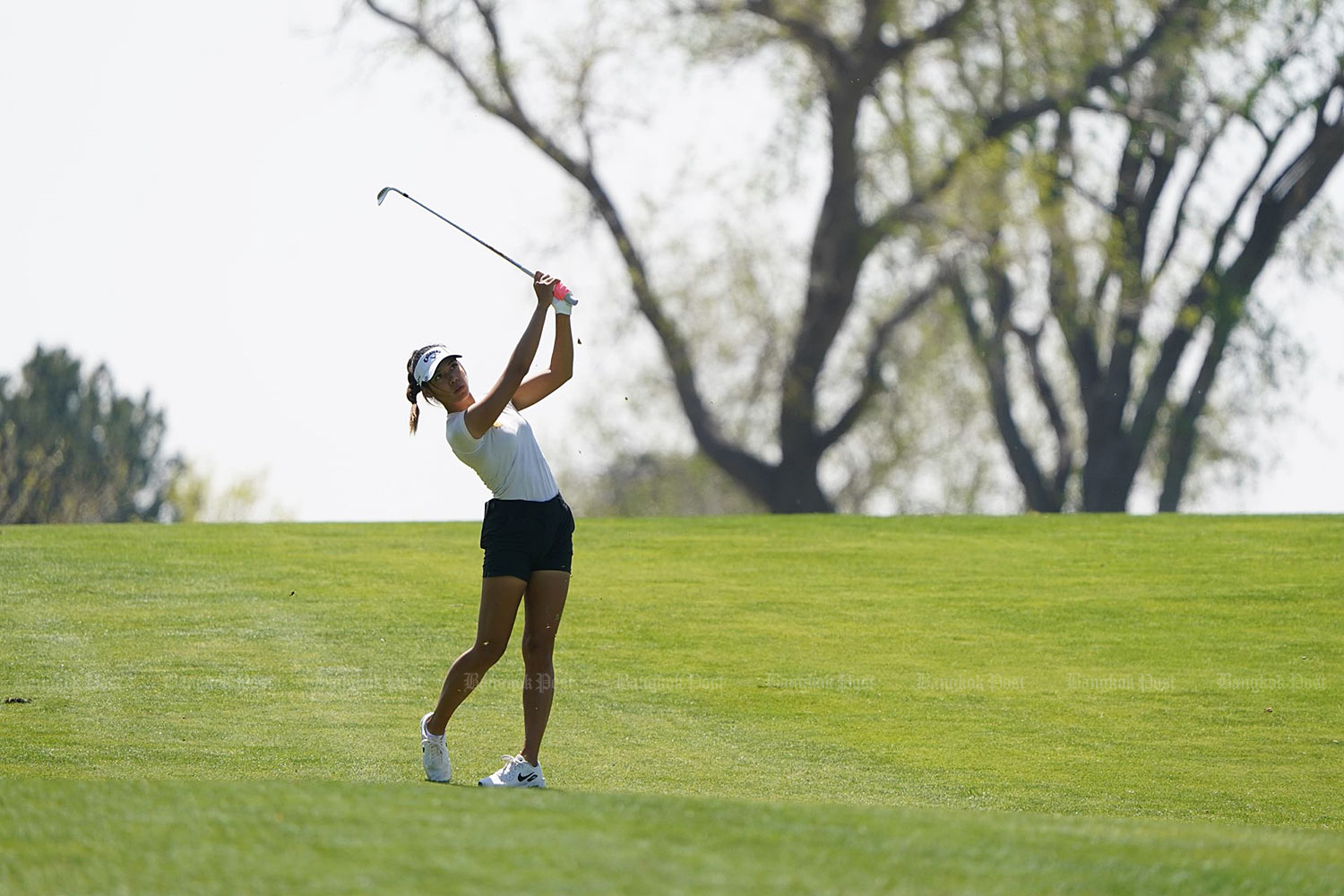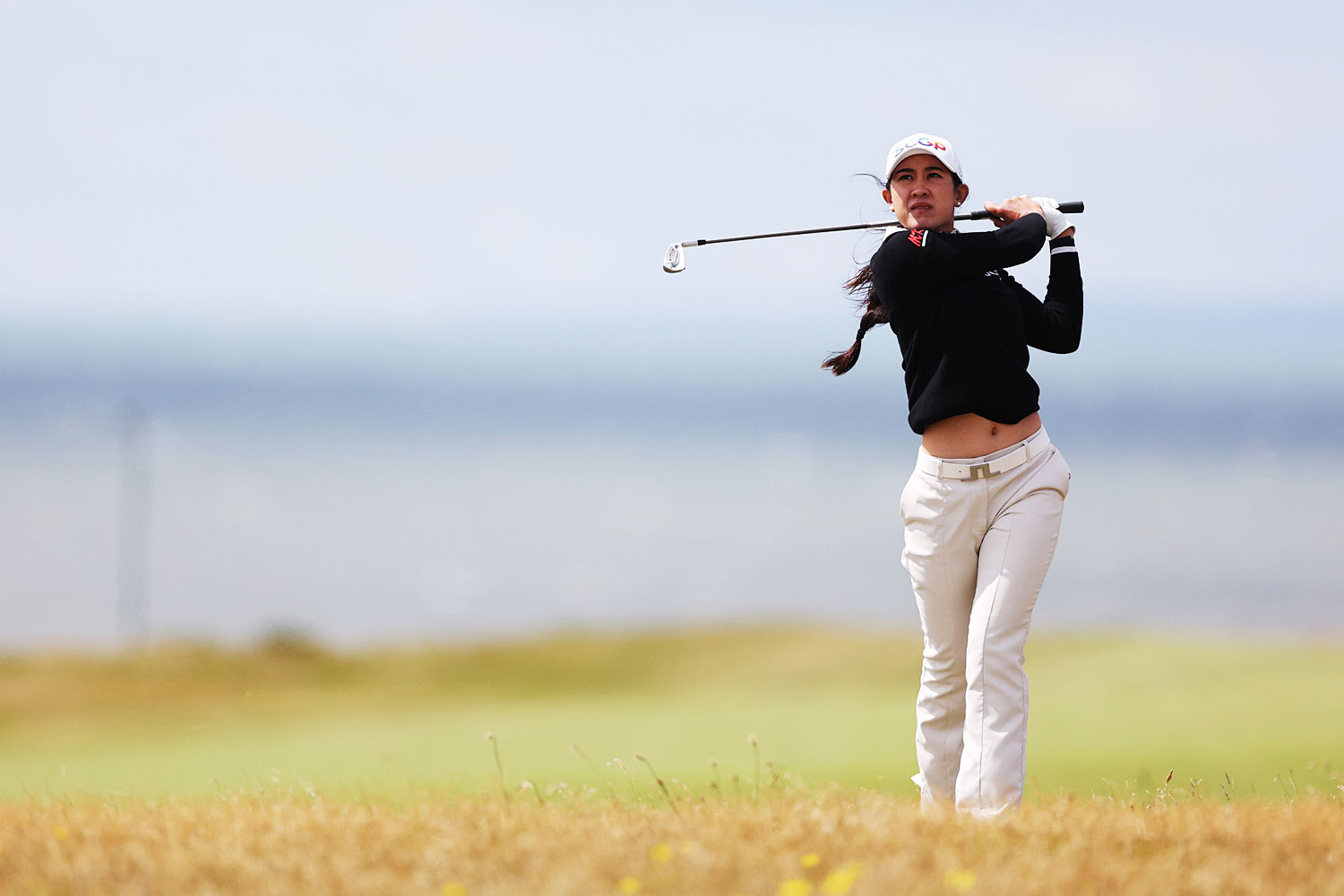Showing 1 - 10 of 537
What happens when two golf balls collide on the course?
Sports, Brett Brasier, Published on 29/10/2025
» Golf balls do occasionally collide. It doesn't happen too often but it does occur occasionally. If a shot is played from off the putting surface and your ball hits another ball, what should you do?
One wrong score for a hole can end your round
Sports, Brett Brasier, Published on 15/10/2025
» If you return a scorecard with a wrong score for a hole; the score you entered stands if it was higher than your actual score. However, you are disqualified if you return a score that is lower than your actual score or if you fail to return a score for a hole. Putting down a lower score is considered a serious breach of the rules and results in disqualification, unless an unknown penalty was the cause. Some professional tours have adopted a rule that gives players a 15-minute window to correct an incorrect score after leaving the scoring area.
Golf's odd club rules explained
Sports, Brett Brasier, Published on 08/10/2025
» Here's a confusing rule that l would like to hopefully make clearer. You're allowed to carry up to fourteen clubs for a round of golf. However, you can have fewer -- just one if you wish. There is no restriction on the type of clubs you carry so long as they conform to the Rules of Golf. For example, you can carry multiple putters, multiple drivers, or some left-handed clubs and some right-handed clubs. If you start a round with fourteen clubs, you are generally limited to those clubs for the rest of the round, even if you lose one. But if you break one you can continue using that damaged club, replace it, or have it repaired, if possible. If you start a round with fewer than fourteen clubs, you can add clubs during the round until you reach fourteen, but you must not delay play in doing so.
Golf made simple: Key rules every player should know
Sports, Brett Brasier, Published on 01/10/2025
» Carrying on with some basic 'easy to understand' golf rules that we all need to know well. To correctly drop a golf ball, you must release the ball from your hand at knee height, allowing it to fall straight down without touching your body or equipment before hitting the ground. The ball must then land and come to rest within the defined relief area for that required situation. Should it bounce away from the dropping area you can try two more times. If still unsuccessful -- you can then place the ball. If you drop the ball incorrectly, you simply must re-drop it without penalty, but you incur a penalty if you play the ball from a wrong place after dropping it.
Why a provisional saves you long walk back
Sports, Brett Brasier, Published on 17/09/2025
» Continuing on the theme of our rules; here's one that we should all know but it's best to go through the procedure once more.
From divots to bunkers: Clearing up rules
Sports, Brett Brasier, Published on 10/09/2025
» Feedback always comes back thick and fast when l mention the rules of golf as our rules can be confusing for many. Last week, l discussed the situation of if your ball embeds itself and from the feedback came the helpful comment that there's no relief if your ball comes to rest in another pitch mark or divot.
Old tricks and new science in green reading
Sports, Brett Brasier, Published on 27/08/2025
» I have to be honest and say that the 'Feet Feeling Method' for finding the break in a putt has never excited me. This involves using your feet to feel the slope of the green while you walk around it. The Plumb Bob Method in finding the line of any putt involves using your putter as a plumb line to judge the slope. To do this, you need to stand behind your ball, at a right angle to the hole, and hold up your putter so it covers the ball. Then, you align the shaft of your putter with the ball. If the shaft seems to tilt to one side, it indicates that the green also slopes in that direction and you then allow for this.
Choosing the right putter is important
Sports, Brett Brasier, Published on 20/08/2025
» Putters come in many shapes and sizes: blade putters and mallet putters. Some are more traditional, have a simple design and are often favoured by 'feel' putters who rely more on their intuition and touch. Mallet putters have larger heads and offer more forgiveness on off-centre hits, making them ideal for golfers who prefer a 'straight-back-straight-through' stroke.
Putting is game's ultimate test of both skill and nerve
Sports, Brett Brasier, Published on 13/08/2025
» The four basics of putting are reading, aiming correctly, stroke mechanics and distance control, which sounds simple but in reality, getting all four of these essentials working at the same time is not so easy.
A few simple setup tweaks
Sports, Brett Brasier, Published on 06/08/2025
» Those of us getting on in life usually have more time to play but suffer from less flexibility, less range of motion and less speed. It's a sad combination, especially when your brain still remembers the swing you used to have.





